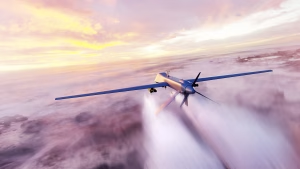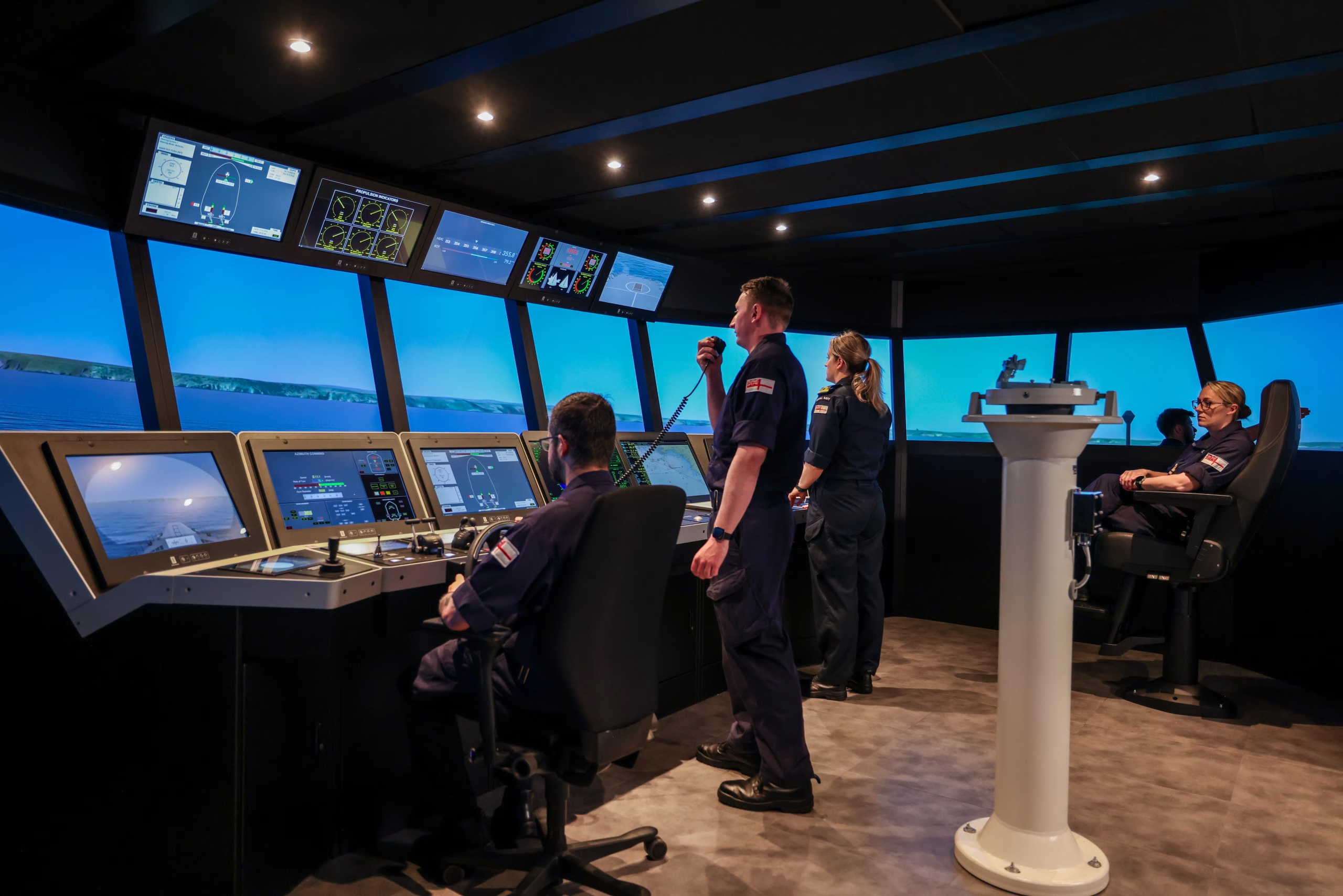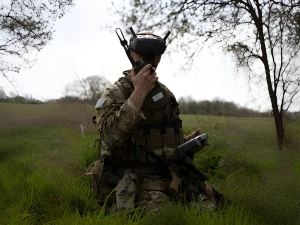
How Virtual Reality Transforms Military Training
VR represents a fundamental shift in how we think about preparation for conflict. The most capable forces of the next decade will be those investing in VR training.
But even with live practice, replicating the full pressure, complexity, and unpredictability of real operational conditions remains a constant challenge.
Safety constraints, resource limitations, and operational tempo mean teams can’t train on the scenarios that matter most — as often as they need to.
Virtual scenario-based training bridges this gap, giving teams the opportunity to deploy at the scale and frequency high-performance operations demand.
In this article, we explore why scenario-based training delivers superior results for operational roles, the resource constraints that limit its deployment, and how immersive virtual reality (VR) technology is removing those barriers.
Increasingly reduced access to locations means booking conflicts and weather delays restrict repetitions when units need them most. Budget pressures demand reduced live-fire availability and platform hours while somehow increasing training frequency.
Threat evolution, meanwhile, continues to outpace traditional training cycles as adversaries adapt faster than conventional programmes can respond. And joint integration remains logistically complex and expensive, creating friction that undermines multi-service effectiveness.
Virtual reality addresses all of these constraints directly.

Scenario-based training works because it mirrors the realities teams face.
When personnel encounter complex challenges in the field, they’ve already rehearsed them. They’ve seen them before, handled them, and solved them.
This type of training creates a learning environment that translates directly to operational capability.
The performance difference is measurable. Research across defence and critical infrastructure sectors shows scenario-trained personnel demonstrate:
More significantly, scenario-trained personnel make faster decisions under pressure, recover from errors more effectively, and transfer skills reliably to live operations.
Learners achieve up to 75% better knowledge retention than classroom-trained counterparts.
The challenge isn’t proving scenario-based training’s effectiveness. Operational results already do that.
The real challenge is delivering it at the scale and frequency operational tempo demands.
Traditional live exercises require dedicated facilities, specialised equipment, extensive coordination, and downtime that can disrupt critical operations.
A single high-fidelity training scenario can cost tens to hundreds of thousands of pounds and require months of planning, limiting most organisations to just a handful of major exercises each year.
Planning and delivering realistic training for complex situations (multi-agency responses, large-scale incidents, or coordinated operations across distributed assets) is resource-intensive by definition.
Safety and operational constraints further limit how often teams can experience genuinely high-risk scenarios. The most critical situations often receive the least training time. In aviation, for instance, practising in real aircraft is prohibitively expensive and poses unacceptable risk.
In infrastructure management, taking critical systems offline simply isn’t practical.
This is where immersive virtual reality (VR) changes the equation.
VR has evolved into a credible training capability for serious operational environments, delivering photorealistic recreations of real facilities — control rooms, secure sites, vehicles, and infrastructure — with physics-accurate interactions and consequence-driven decision trees.
For UK organisations managing defence, transport, and critical infrastructure operations, VR addresses the frequency constraint.
Teams can now run complex scenarios repeatedly without mobilising physical assets, coordinating role players, or accepting operational risk. Night operations, adverse conditions, equipment line failures, and multi-casualty incidents become routine training opportunities rather than quarterly events.
The cost advantages are substantial. VR training costs approximately £1,000 per headset compared to £4.5 million for legacy simulators.
At scale, VR achieves cost parity with e-learning and becomes 52% less expensive than classroom training at 3,000 learners, with organisations reporting 70% reduction in overall training delivery costs.
But the operational advantage goes further. VR captures every decision point, communication, and action for detailed after-action review. Trainers can replay critical moments from multiple perspectives, identify where protocols fractured, and refine responses with accuracy impossible in live exercises.
This data-driven approach enables continuous improvement of both individual performance and standard operating procedures.
Immersive VR doesn’t replace field training. It extends an organisation’s ability to deliver scenario-based learning at the scale and frequency high-performance teams require.
More scenarios. More personnel trained. Higher readiness standards.
All achieved with safer, smarter, and more efficient use of training budgets and operational resources.
Connect with our defence specialists at DSEI to discuss your specific operational requirements.

VR represents a fundamental shift in how we think about preparation for conflict. The most capable forces of the next decade will be those investing in VR training.

For small and medium-sized enterprises in the UK defence sector, the 2025 Strategic Defence Review and Spending Review is pivotal.

Explore how VR training is reshaping UAV skill development. In light of the SDR, discover why immersive simulation is now critical for defence and commercial drone teams.